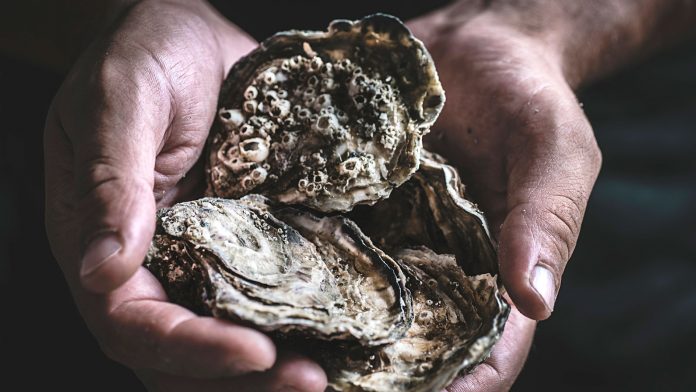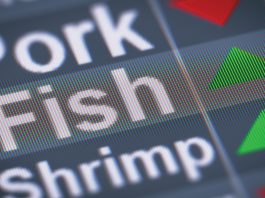NASA and the Louisiana Board of Regents have awarded $1.5m to a Louisiana State University (LSU) professor for his work developing a method of detecting norovirus and flesh-eating bacteria in oysters.
Globally, humans eat up to 2 billion oysters each year. However, some of these shellfish carry diseases that are almost undetectable without opening the shell itself. LSU Civil and Environmental Engineering Professor Zhiqiang Deng received $750,000 from NASA and an additional $750,000 grant from the Louisiana Board of Regents for his work developing a detection method for norovirus and flesh-eating bacteria in oysters.
The project, named Satellite-Assisted Forecasting Environment for Improving Oyster Safety (SAFE Oyster), proposes the use of NASA satellite-based information products to enhance the forecasting of norovirus and vibrio vulnificus risks in oysters harvested along Louisiana and other Gulf Coast areas. Deng said: “This project is meant to decrease the number of people getting sick and decrease oyster recalls. The project will aid in the economic development of Louisiana by reducing costly oyster ground closures and recalls, thereby increasing oyster production.
“Like weather forecasts, our models will show which oyster beds need to be looked at and have samples taken.If the samples show a high amount of bacteria, we will notify the government and they will shut it down.”
The dangers of norovirus and vibrio vulnificus
According to Center for Disease Control (CDC), USA, the symptoms of norovirus include diarrhoea, vomiting, nausea, and pain in the lower abdomen. Although norovirus is unlikely to cause death in healthy adults, norovirus can result in death for people who are older, immunocompromised, or pregnant.
The deadliest disease contracted from eating uncooked oysters is vibrio vulnificus. Nearly 1,000 people along the Gulf Coast have become infected with the disease since 2018, 500 of which have lost their lives to the flesh-eating bacterial. Vibrio vulnificus infection is the leading cause of death related to seafood consumption in the US.
There are many post-harvesting treatments for Vibrio vulnificus and norovirus, such as heat shock treatment, irradiation, and freezing. These are not 100% effective and can compromise oyster meat. A study by the Virginia Institute of Marine Science suggests that moving the shellfish into saltier water prior to harvesting can minimise the presence of deadly bacterium. This process, called high salinity relaying can reduce Vibrio vulnificus levels by 99%.









